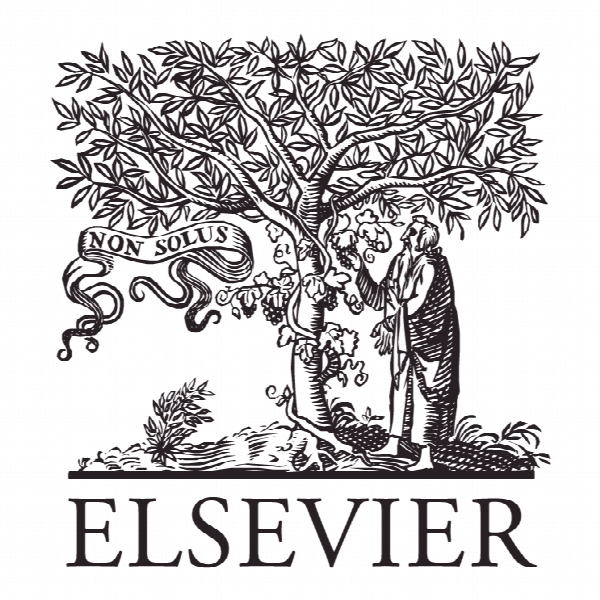کارایی در تولید رفاه اجتماعی در مکزیک: پیشنهاد در کنار خروجی های بد Efficiency in the generation of social welfare in Mexico: A proposal in the presence of bad outputs
- نوع فایل : کتاب
- زبان : انگلیسی
- ناشر : Elsevier
- چاپ و سال / کشور: 2017
توضیحات
رشته های مرتبط علوم اجتماعی
گرایش های مرتبط جامعه شناسی
مجله امگا – Omega
دانشگاه گروه کسب و کار، بارسلونا در اسپانیا
نشریه نشریه الزویر
گرایش های مرتبط جامعه شناسی
مجله امگا – Omega
دانشگاه گروه کسب و کار، بارسلونا در اسپانیا
نشریه نشریه الزویر
Description
1. Introduction Social welfare is the satisfaction of basic and secondary needs experienced by individuals in a community [38]. The concept of development should be understood as the process of creating the necessary conditions for increasing opportunities for active participation of a range of actors (civil society, private sector and public sector), in the efficient management of natural, technological and human resources. This process aims to achieve greater autonomy in growth capacity and modify relationships between social groups, thereby leading to economic improvement and a higher level of welfare in the population [88]. Consequently, development seeks to establish a mechanism to solve and attend to problems that concern the welfare of society [116,97]. Three main approaches have been used to measure social welfare: a purely economic approach; an approach based on utility functions; and measurement using social indicators [89]. The approach of social indicators using synthetic indicators to obtain an overall welfare perspective has motivated the creation of various indexes (see, for example, [81]), among which the Human Development Index (HDI) stands out. The HDI was first published in 1990 by the United Nations Development Program (UNDP) and encapsulates the postulates of Amartya Sen [101]. It is a mechanism to measure the level of development of a country, state or region, by determining its level of social welfare, and takes into account the conditions of health, education and personal income (see [59] for its measurement properties). Each of these dimensions is weighted in the same way in the index [116,29,46,82,85,93]. Owing to its simplicity and the ease of access to the statistical information required, it has become the most widely used mechanism for measuring human development, social welfare, and the success or failure of nations’ policies [116,68]. The HDI was devised to measure social welfare and human development by considering the different aspects of human life [32]. 1 However, since its publication, this index has come under close scrutiny in the literature. Some of the criticisms made concern the theoretical composition of the index: its view of human development is limited since it does not include other variables that affect individuals’ welfare such as the environment, participation, social inclusion and equity in any of its three dimensions. Other criticisms are related to technical properties of the HDI, such as how the dimension indexes are derived from raw data; the additive form of aggregation to calculate the indexes by dimension; and equally weighting the three dimensions by aggregating the HDI [106,111,32, 33,37,44,49,75,76,80,93].


